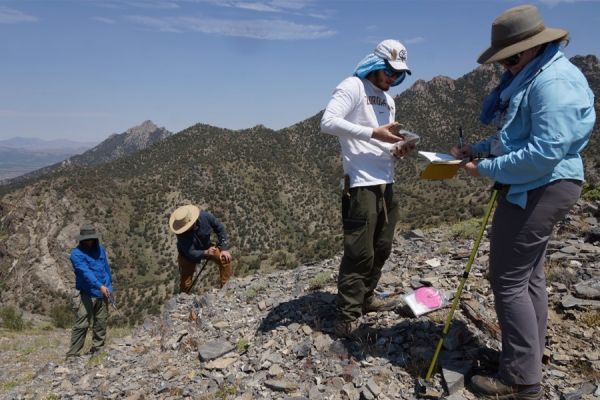Florida State University researchers have new insight into the complicated puzzle of environmental conditions that characterized the Late Ordovician Mass Extinction (LOME), which killed about 85% of the species in the ocean.
Their work on the 445-million-year-old mass extinction event was published online in the journal AGU Advances on Monday.
“We found that reducing conditions — with low to no oxygen and little to no hydrogen sulfide levels — are probably playing a much more important role than we previously thought,” said lead author Nevin Kozik, a doctoral candidate in the Department of Earth, Ocean and Atmospheric Science and researcher at the FSU-headquartered National High Magnetic Field Laboratory. “If you imagine a pie chart of the causes of this extinction, we’re increasing that wedge that signifies oxygen deficiency, which is happening in concert with a cooling climate and widespread habitat loss due to sea-level change.”
The research is the first study to use measurements of multiple elements from several sites to examine the conditions that led to the LOME, the second-largest extinction event in the Earth’s history and the only mass extinction to occur during what are called icehouse conditions, when Earth’s climate is cold enough at the poles to support ice sheets year-round.
Read more at Florida State University
Image: Seth Young’s research group collecting and describing limestone samples from a field site in the Roberts Mountains, Nevada. (Photo Credit: Anders Lindskog/Florida State University)


